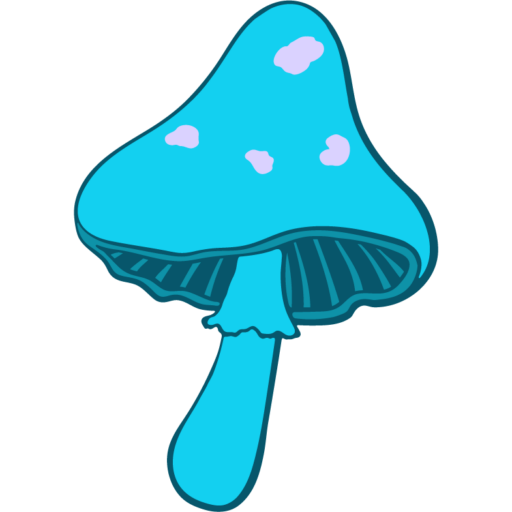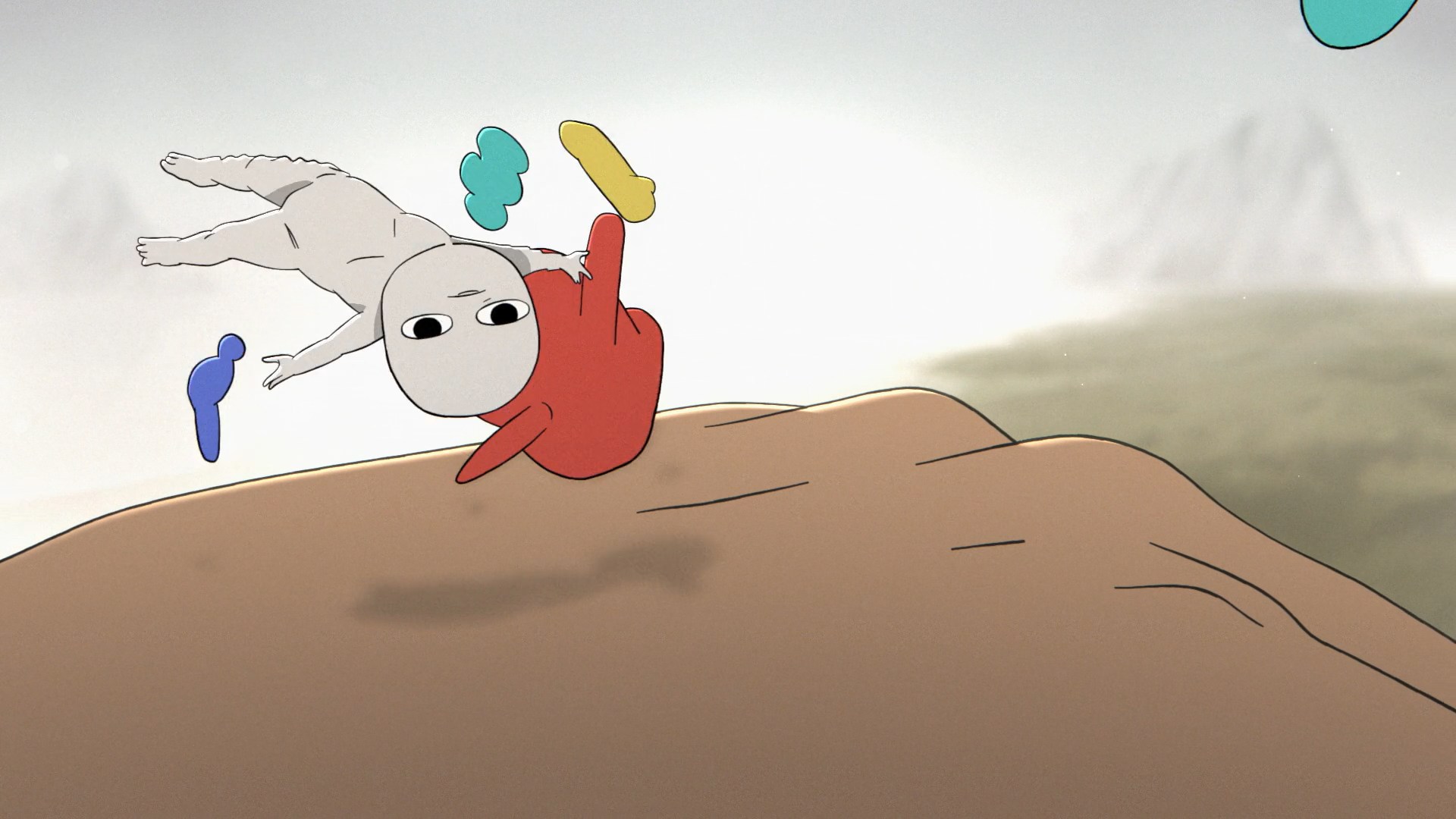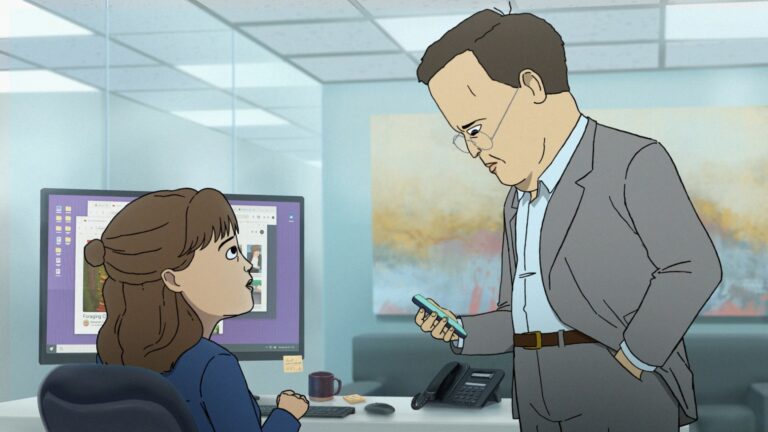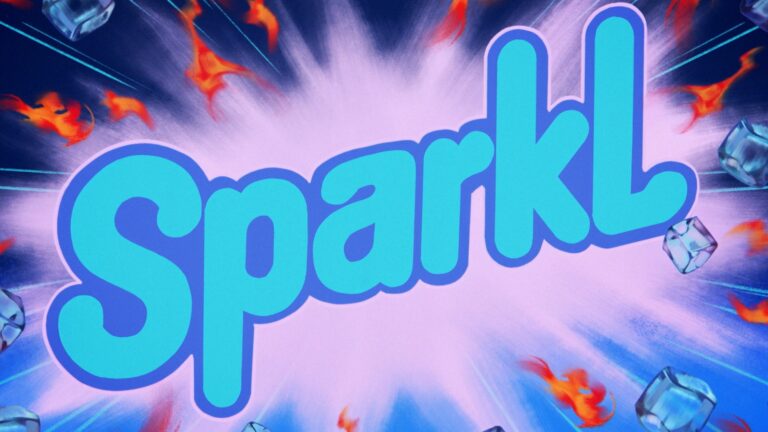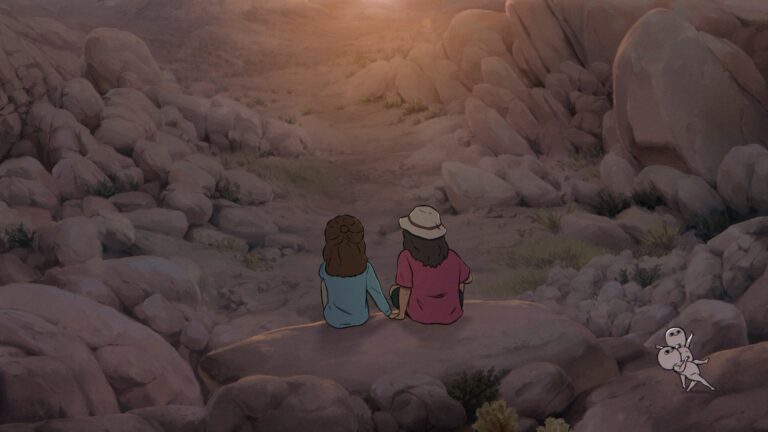Who (or What) Are the “Fun Guys”?
If you’ve watched Common Side Effects, you’ve probably noticed those weird little white dudes popping up whenever someone takes the miraculous Blue Angel mushroom. They’re small, pale humanoid figures – sometimes standing by silently, other times dancing around or even meddling in events – visible only to those under the mushroom’s influence. In the show’s story, the Blue Angel is a one-of-a-kind fungus that can heal any illness or injury, which sounds amazing… except everyone who takes it starts hallucinating these tiny white men. The characters call them nothing in particular on-screen, but fans lovingly dub them “fun guys” (a cheeky pun on “fungi”). And sure, they seem fun at first – like whimsical hallucinations – but they might be more than just mind tricks.
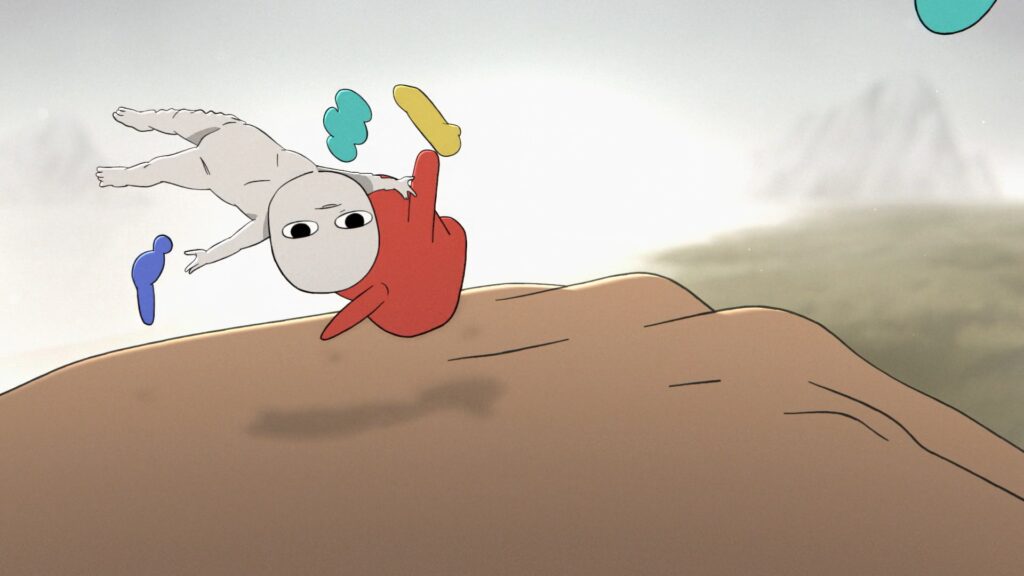
These little guys show up in several trippy scenes throughout the series. They have blank black eyes, round heads, and spindly bodies, giving off an eerie-yet-cute vibe. At first, they mostly watch from the sidelines. Marshall, the mycologist hero, sees one peeking at him early on. As the plot ramps up, more characters ingest the Blue Angel mushroom and start seeing these figures too. By the final episodes, it’s clear the “fun guys” are a common side effect (hey, that’s the title!) of the miracle shroom. But unlike a headache or rash, this side effect is a shared hallucination – everyone trips and sees the same strange little beings. That’s when things get really intriguing (and a bit creepy).
Little Guys with Big Meaning?
The show hints that these hallucinations aren’t random nonsense. In fact, they often interact with the characters in meaningful ways. Each person’s little mushroom spirit seems to reflect their own nature or needs in that moment. For example:
- Marshall’s mysterious helper: Marshall’s personal “fun guy” actually saves his hide at one point – it cranks up the volume on his truck radio, distracting him just in time to prevent a crash. The little dude has his back, acting like a silent guardian angel (or perhaps mushroom angel).
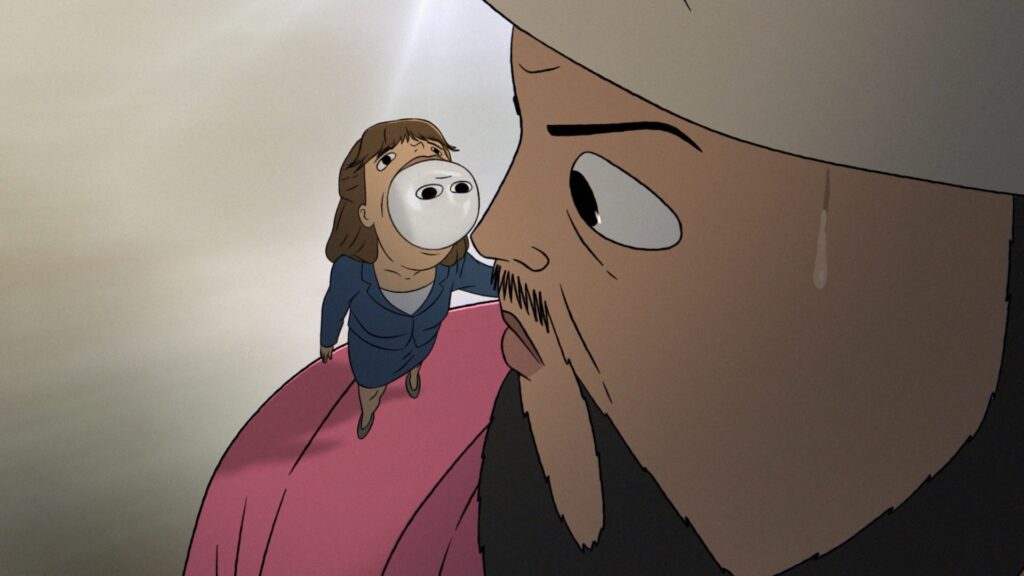
- Frances’s eye-opener: Frances’s vision isn’t so cuddly. She hallucinates a little white figure walking around without any eyes, almost like it’s blind. It freaks her out, but it also forces Frances to confront something she’s been “blind” to in her life. In a weird way, her fun guy acts as a guide, pushing her toward a truth she needs to see.
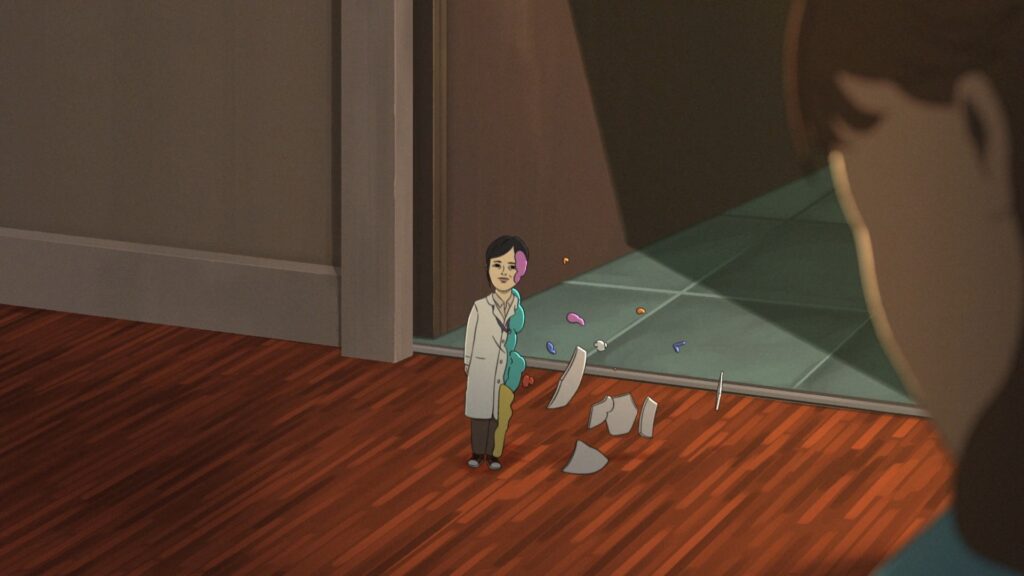
- Jonas’s nightmare: Not all mushroom visions are friendly. Jonas, a terminally ill businessman, gobbles far too many Blue Angel mushrooms in desperation. He doesn’t just see a cute creature by his side – he feels one crawling inside him. In one horrific scene, a little white humanoid wriggles out of Jonas’s mouth, as if controlling him from within. It’s a terrifying image that suggests the mushroom (and its “fun guys”) have literally taken over his body and soul.
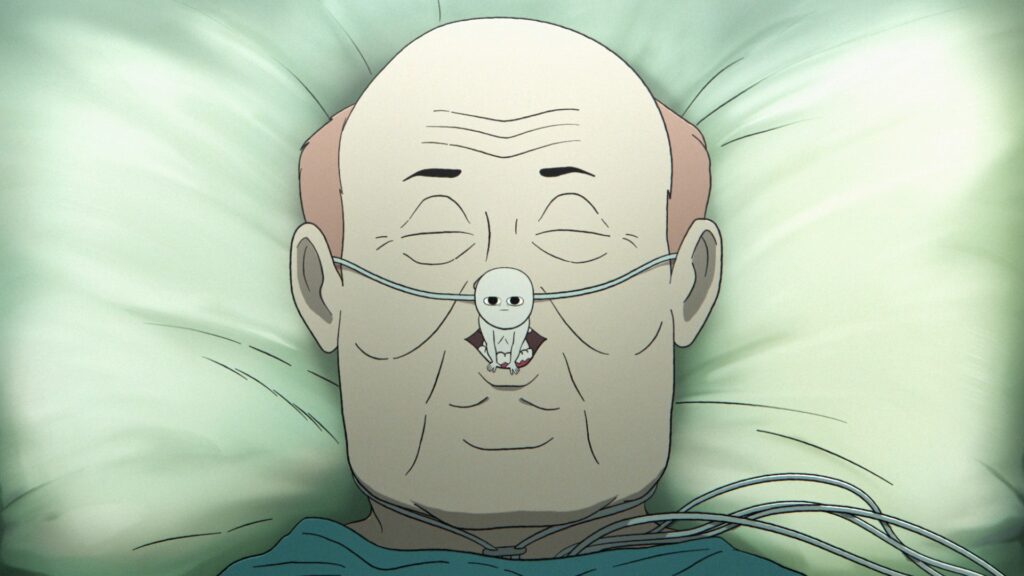
These examples show how the Blue Angel’s pint-sized apparitions adapt to each user. Sometimes they gently help or protect, and other times they torment or possess. One poor guy (a car-crash survivor) sees dozens of them swarming around – his trip overwhelms him completely. In contrast, a young child who takes the mushroom sees just one small, harmless-looking creature singing in a fish tank, almost like a curious friend. It’s as if the hallucinations are tailored to each character’s psyche, amplifying their hopes, fears, or hidden feelings. No wonder fans have been furiously theorizing about what these “fun guys” really represent!
So are these little dudes simply side effects – quirky visual gibberish from a psychoactive fungus – or do they have an agenda of their own? The show leaves it ambiguous for now. But by the finale, Marshall and Frances discover something mind-blowing: after ingesting the mushroom, they can communicate telepathically with each other. It’s like their minds connected through some fungal psychic network. That reveal implies the Blue Angel mushroom has created a literal hive mind among its users. And where do our white blob-like friends fit into that? One theory posits that the “fun guys” are agents of the mushroom’s hive network – basically the mushroom’s way of talking to people who ate it. In this view, those tiny figures could be the portals or messengers carrying information between connected minds. Trippy, right? The fact that everyone sees remarkably similar visions isn’t just coincidence; it might be the mushroom networking them together. The show hasn’t confirmed this yet (cliffhanger alert!), but it sets the stage for a wild exploration in future episodes.
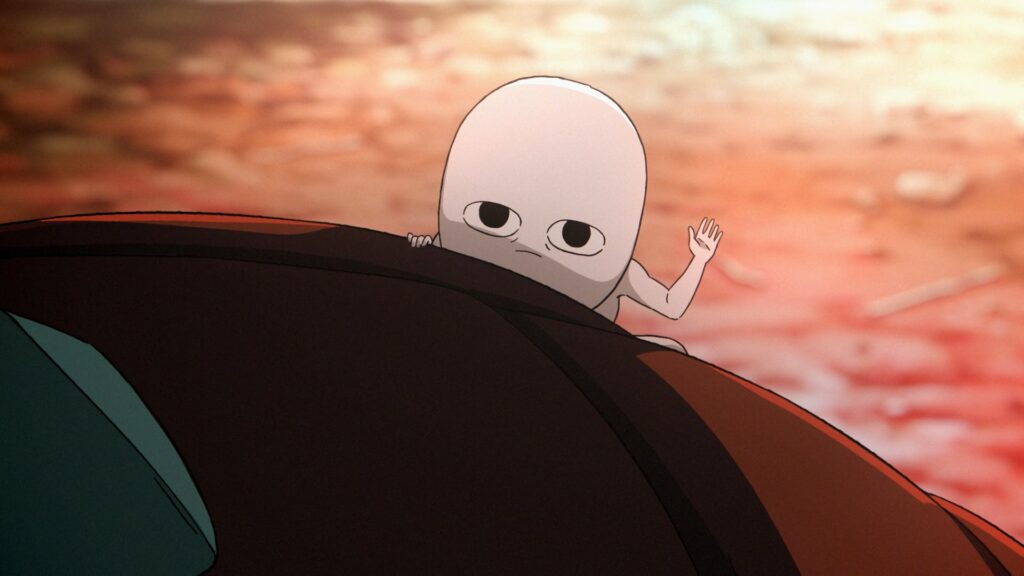
Mythic Cousins: Kodama, Elves, and Other Little Folk
Where did the idea for these bizarre little mushroom beings come from? They feel both original and strangely familiar. Viewers immediately drew comparisons to myth and pop culture – from Japanese forest spirits to hallucinations reported by real-life psychonauts. Let’s dig into a few possible influences behind our friendly (or not-so-friendly) fun guys:
- Kodama – Japan’s Tree Spirits: Many fans noticed that the Blue Angel’s mini specters look a lot like Kodama, the tree spirits from Japanese folklore. Kodama are believed to inhabit ancient trees, protecting the forest. In Studio Ghibli’s film Princess Mononoke, Kodama are portrayed as cute little white figures with big blank eyes and wobbly heads, eerily akin to the show’s fun guys.
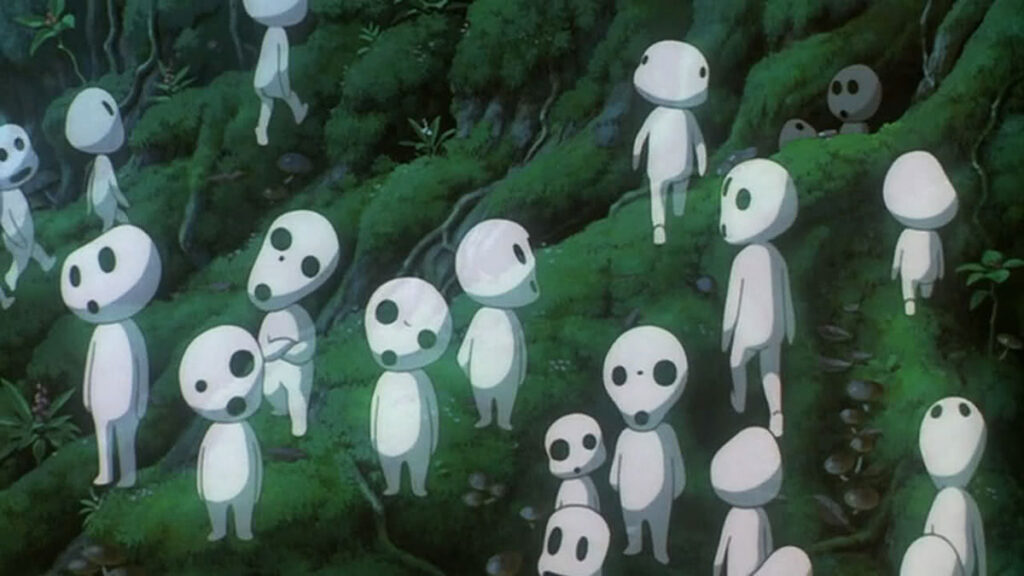
Both are small, ghostly, and tied to nature’s vitality. It’s easy to imagine that the creators of Common Side Effects took visual inspiration from Kodama – these mushroom entities could be seen as fungus spirits analogous to Kodama’s tree spirits. However, Kodama are generally benign signs of a healthy forest, while the Blue Angel’s creatures have a more unpredictable vibe. They might be benevolent guides, or they might be something darker lurking in the mycelial network. Either way, the nod to Kodama gives the show a mystical, environmental touch, linking it to a tradition where nature is alive with spirits.
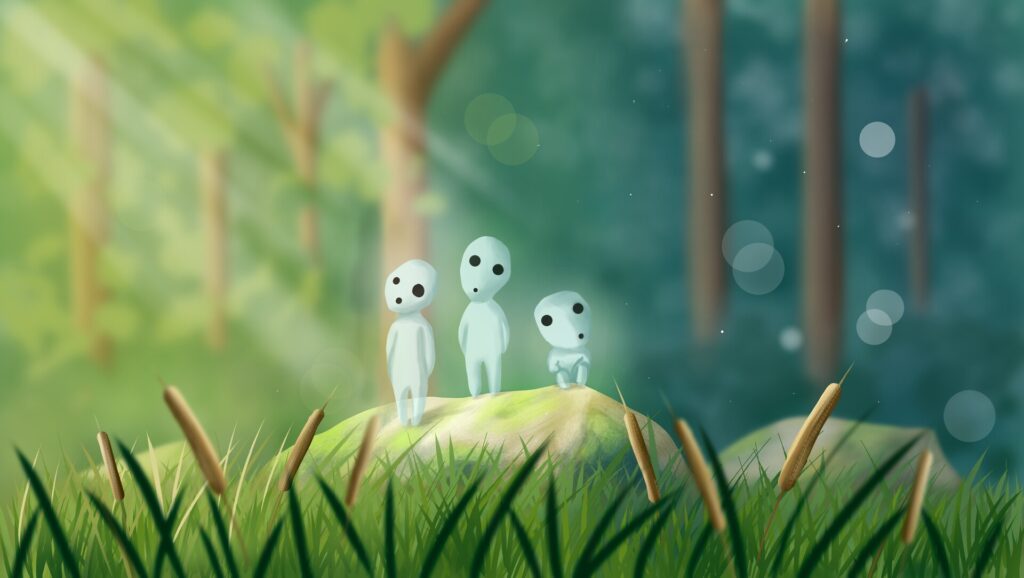
- “Machine Elves” of Psychedelic Lore: Another parallel comes from the world of real psychedelic experiences. Ever heard of DMT elves? Dimethyltryptamine (DMT) is a powerful hallucinogen, and many users – independently of each other – report encountering otherworldly beings during DMT trips. These entities are often nicknamed “machine elves” or “clockwork elves.” They’re described as small, playful or tricksterish creatures that seem to communicate or teach the person tripping. (Terence McKenna, the famous ethnobotanist, wrote extensively about meeting these “self-transforming machine elves” on DMT journeys in the ‘90s.) The resemblance to Common Side Effects is striking: our characters take a mystical mushroom and promptly start seeing little beings that feel real and interactive, not just random hallucinations. In fact, some viewers immediately said the show’s writers must have been riffing on the machine elf concept. The fun guys in the show, like DMT elves, don’t straightforwardly explain themselves, but they do prod the characters toward certain actions or insights. One fan pointed out that the “little guys” in the show act a lot like the entities people speak to on a deep trip – guiding, helping, sometimes scolding. And just as all DMT users oddly report seeing the same elves, everyone who munches Blue Angel sees these same white critters. Coincidence? The writers of Common Side Effects clearly have done their psychedelic homework, and they’re having fun with it.
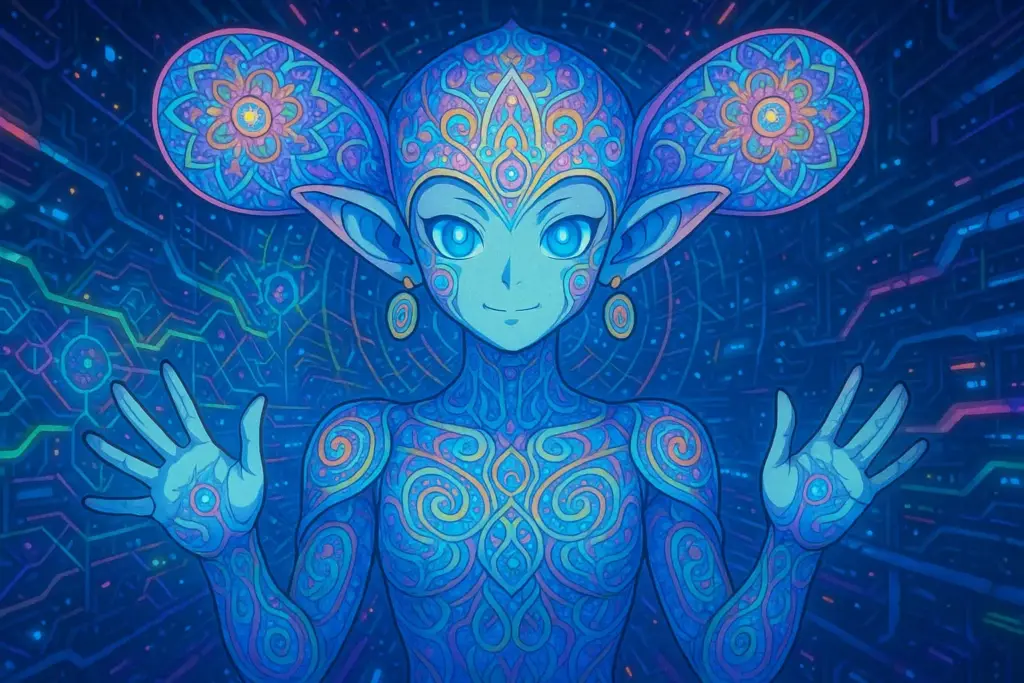
- Fairy Rings and Fungal Folklore: The idea of mushrooms leading humans into a spirit world isn’t new – it’s been sprouting in folklore for centuries. In European fairy tales, mushrooms are magical portals or gathering spots for supernatural little folk. Victorian lore, for example, often linked wild mushrooms and toadstools with elves, pixies, and fairy realms, suggesting that wandering into a ring of mushrooms could transport you to an otherworld full of spirits and strange visions. (Sound familiar? Eat a weird mushroom, see a weird world!) People didn’t know about psychedelic compounds back then, but stories from the 1800s hinted that fungus could “provoke hallucinations” and carry humans off to enchanted lands. Even Alice in Wonderland played with this idea – a mushroom that can alter reality. By invoking little mystical beings that come from a mushroom, Common Side Effects is tapping into a deep well of myth and legend. Whether it’s called a fairy, an elf, a gnome, or a kodama, many cultures have imagined small creatures as guardians or tricksters of nature, often revealed through the influence of plants or fungi. The show’s creators have essentially updated that folklore for the 21st century, blending it with science fiction. The Blue Angel’s fun guys carry echoes of age-old legends while being something new: perhaps symbiotic hallucinations induced by a fungus that wants to connect with humans.
Down the Mushroom Hole
So, are the little fun guys of Common Side Effects more than just a visual gag? Absolutely. They’re part of what makes this show so delightfully unique and mind-bending. These pint-sized apparitions manage to be creepy, cute, and thought-provoking all at once. On the surface, they give the series its trippy, whimsical flavor – cue the wacky mushroom visuals! But on a deeper level, they symbolize the very heart of the show’s themes. Common Side Effects is all about humanity’s relationship with nature, the clash between corporate pharmaceuticals and earthy folk cures, and the notion that mushrooms (and by extension, nature) have intelligence beyond our understanding. The fun guys embody that idea. They’re literally nature talking back to the characters – whether as guiding spirits, manifestations of inner truth, or the mushroom’s own consciousness personified.
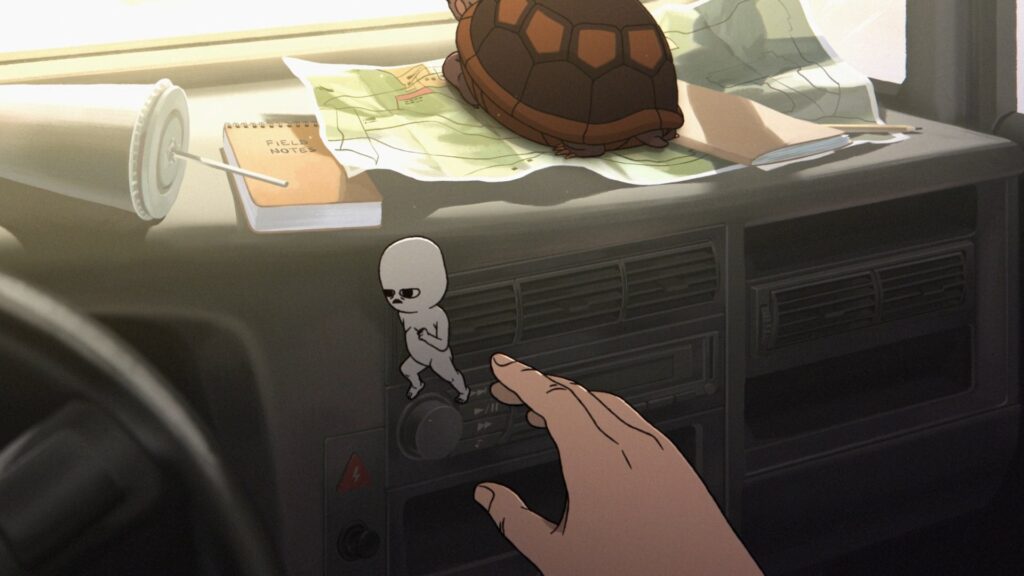
As viewers, we’re left equal parts enchanted and unsettled by these creatures. One minute they’re dancing merrily in the corner of the screen; the next, they’re crawling out of someone’s throat in a nightmare. They raise big questions: What does the mushroom really want? Is this cure worse than the disease? And of course, would you take something that heals you completely… at the cost of being haunted by little mushroom elves forever? The jury’s out on that last one, but it sure makes for great television.
The first season ends without fully explaining the fun guys’ mystery, which has only spored more fan theories (pun intended) and anticipation. With Season 2 on the way, we can expect to tumble even further down the mushroom hole. Will Marshall and Frances fully join the Blue Angel hive mind? Are these fun guys friends, foes, or something in-between? Whatever the answer, one thing’s certain: the little fungi fellas have made a big impression. They connect Common Side Effects to a rich tapestry of myth and psychedelic culture, all while keeping us glued to the screen wondering what the heck we’re seeing. In the end, these “fun guys” are a perfect symbol for the show itself – a blend of science and fantasy, humor and horror, the familiar and the utterly bizarre. And we’re totally here for it, tiny dancing mushroom spirits and all.
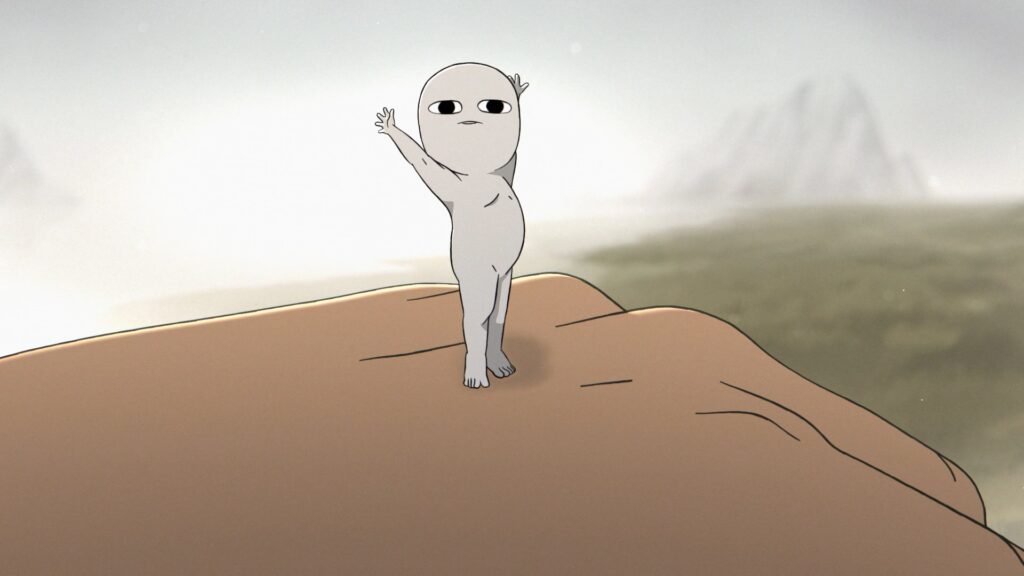
Sources:
- Bennett, J. & Hely, S., Common Side Effects (2024), Adult Swim – series overview and episodes.
- Ronit J., “Common Side Effects (2024) Review,” Ronit J Blog – review highlighting the “tiny white men” hallucinationsronitjauthor.comronitjauthor.com.
- Reddit discussion threads (2025) – fan observations comparing the “fun guys” to Kodamareddit.com and DMT machine elvesreddit.comreddit.com; speculation on the Blue Angel mushroom’s hive mind and the role of the little guysreddit.com.
- HowStuffWorks – report on common DMT hallucinations of “machine elves”, seen as otherworldly beings by unrelated usershealth.howstuffworks.com.
- Public Domain Review – essay on fungi in folklore connecting mushrooms to fairies, elves, and hallucinations of enchanted realmspublicdomainreview.org.
- Wikipedia – entry on Kodama spirits of Japanese folklore (tree-dwelling nature spirits).
